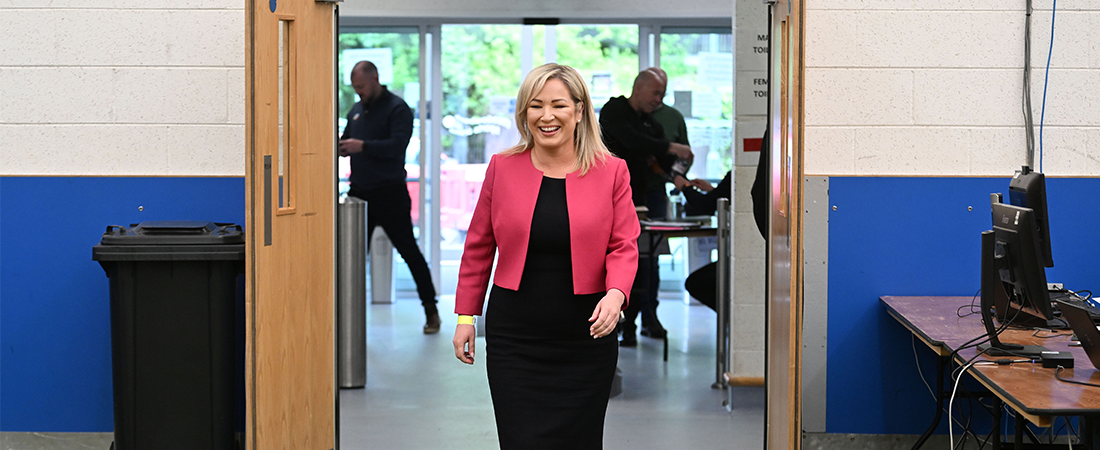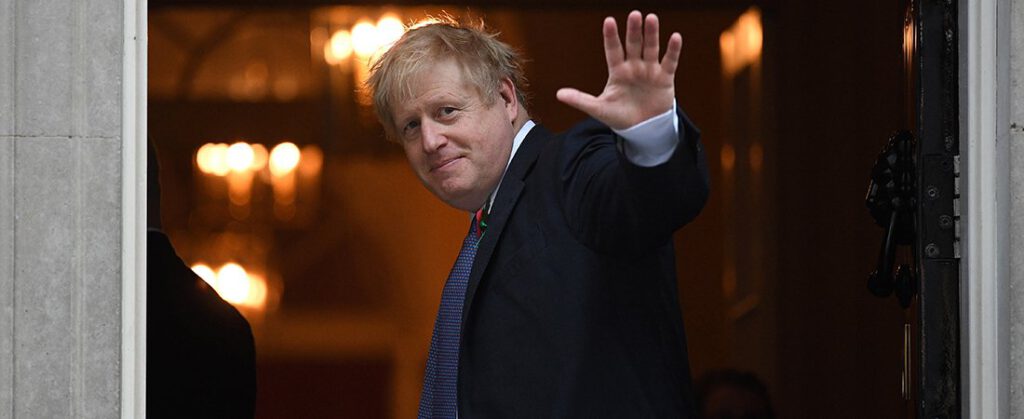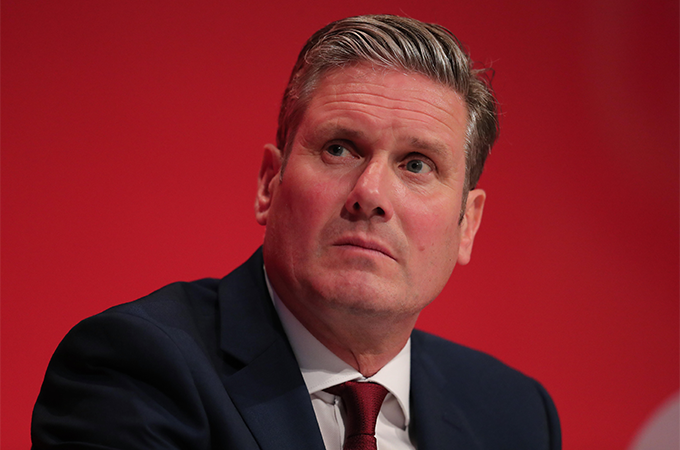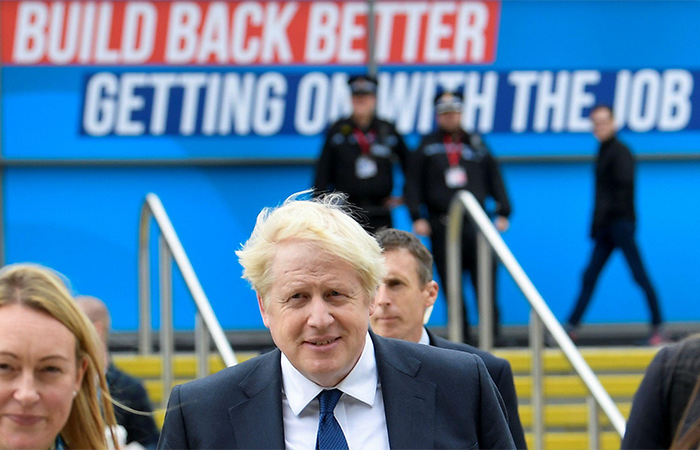A few short weeks ago, voters in Northern Ireland went to the polls to elect 462 councillors to 11 councils.
The campaign which many viewed as dull and low-key as campaigning took place amidst the 25th anniversary of the Good Friday agreement and King Charles’ Coronation. Opportunities to get election slogans across were somewhat limited.
Despite this perception, the outcome was anything but dull and low-key.
The political landscape in Northern Ireland has been totally transformed.
Sinn Féin overtook the Democratic Unionist Party (DUP) to become the largest party at local government level for the first time. This comes on the back of last year’s local assembly election when Michelle O’Neill, Sinn Féin’s deputy leader became Northern Ireland’s First Minister-designate.
Looking back at 2019, when voters last elected their councillors, the DUP returned 122 councillors with Sinn Féin returning 105.
In 2023, the picture remains the same for the DUP but Sinn Féin now hold a remarkable 144 seats on the back of an 8 per cent increase in support.
Symbolism matters in Northern Ireland politics and the fact that for the very first time Nationalist parties secured more votes than Unionist parties is an important component to highlight.
Council elections are usually fought on local issues – bins, roads and community services but this election was ultimately dominated by the ongoing stalemate at Stormont.
For nationalists, the fact that Michelle O’Neill has been prevented from taking up her position as First Minister in the power sharing executive following the DUP’s walk-out last year galvanised support, in a way not even the electoral machine of Sinn Féin could have dreamt of.
While the unionist electorate largely coalesced around the DUP – their vote share dropped by 1% on 2019 with turn-out lowest in what are regarded as unionist areas. This apparent apathy poses serious questions for Unionism in the long term.
But solving the dilemma unionism faces is not an easy task. The demographic changes in Northern Ireland where Catholics (traditionally nationalist) now outnumber Protestants (traditionally unionist) and the outworking of Brexit have intensified the challenges.
On the other side, an invigorated nationalism and wider civic society is now openly and confidently talking about what a New Ireland could look like with these discussions filtering through to mainstream news. This conversation and planning will continue in the coming period.
The other winner of this election was the Alliance Party who do not regard themselves as unionist or nationalist. The party added 14 seats to become the third largest party – replicating its success last year.
For the other two main parties – the Ulster Unionist Party (UUP) and Social Democratic and Labour Party (SDLP) – this was an election to forget. The UUP lost 21 seats with the SDLP losing 20. Having been central to the signing of the Good Friday Agreement both parties are now in a fight for their mere existence.
In terms of the bigger picture, some might ask what this all means for the future of Northern Ireland?
In the short-term, it is a matter of when not if the devolved Assembly and Executive returns.
It is increasingly difficult to see how the DUP continues its boycott of Stormont in the midst of financial pressures and savage cuts impacting on the delivery of key services.
A fig leaf from Westminster will be necessary and it is likely that legislation to address unionist concerns about the Windsor Agreement will be forthcoming alongside a significant financial package to boost failing public services. This should be enough to entice Sir Jeffrey Donaldson and his party back to Stormont with the Autumn looking most likely.
Regardless of this, Irish unity will undoubtedly remain part of the longer-term picture and conversation and there is a growing call being made of the Irish Government to begin preparations for a future border poll.
After years on instability and wranglings, there is finally hope and expectation that Stormont will get back to doing business in 2023.
How long this stability remains and ultimately where Northern Ireland’s future sits is harder to predict.





